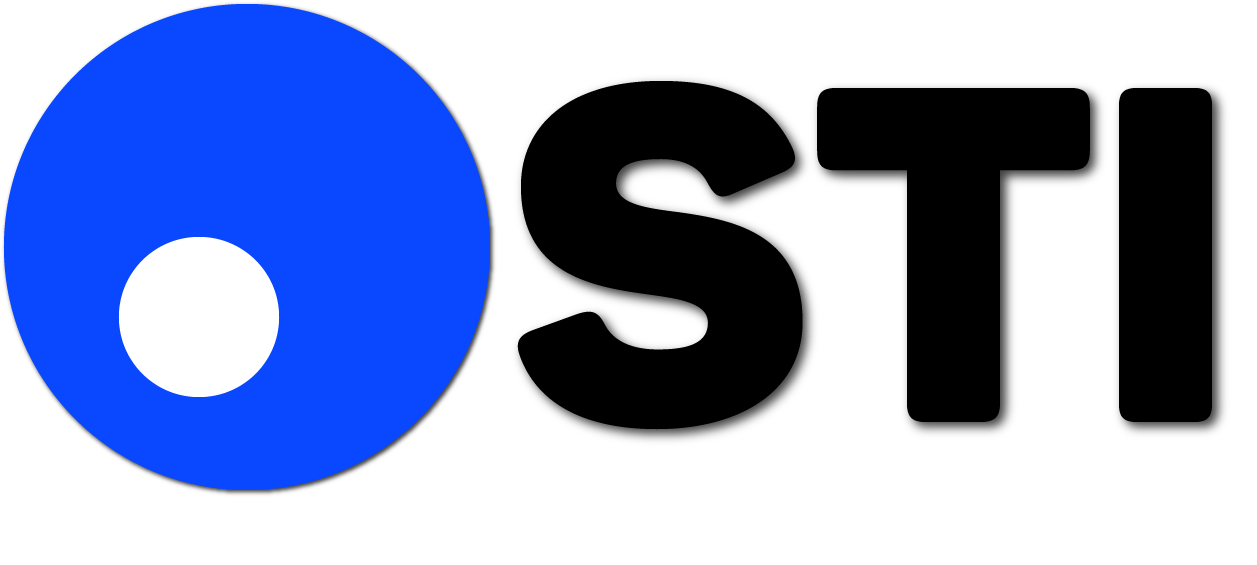Verifying a smart contract address on the Ethereum blockchain involves confirming that the source code deployed at that address matches the publicly available source code. This verification is typically done on Ethereum block explorers, such as Etherscan. Here’s a step-by-step guide:
Prerequisites:
- Solidity Source Code:
- Ensure you have access to the original Solidity source code used to deploy the contract.
- Compiled Bytecode:
- Obtain the compiled bytecode of the contract, which is usually available in the output of the Solidity compiler (e.g.,
.binor.evm.bytecode).
- Obtain the compiled bytecode of the contract, which is usually available in the output of the Solidity compiler (e.g.,
Steps:
- Compile the Solidity Code:
- Make sure you have the Solidity code and compile it using a Solidity compiler like
solcor an online compiler. Compile it to obtain the bytecode.
- Make sure you have the Solidity code and compile it using a Solidity compiler like
- Deploy the Contract:
- Deploy the contract to the Ethereum network using a tool like Remix, Truffle, or Hardhat. Note the address where the contract is deployed.
- Obtain the Compiled Bytecode:
- Retrieve the compiled bytecode from the compilation output or the deployment transaction details.
- Go to Etherscan:
- Visit Etherscan, which is a popular Ethereum block explorer.
- Navigate to the Contract Address:
- Enter the contract address in the search bar on Etherscan and go to the contract page.
- Verify Contract Code:
- Look for a “Verify Contract” or similar button on the contract page. Click it to start the verification process.
- Enter Contract Information:
- Fill in the required information, including the compiler version, contract name, and the compiled bytecode.
- Submit and Confirm:
- Submit the verification request. Etherscan will compare the provided information with the contract code at the specified address.
- Verify Source Code:
- Once the verification process is complete, Etherscan will display the verified source code on the contract page.
- Review and Confirm:
- Review the verified source code to ensure it matches the original code. Confirm that the constructor arguments match if the contract has any.
- Publicly Accessible Code:
- Ensure that the source code is publicly accessible and can be viewed by anyone on the Etherscan contract page.
- Confirmation:
- Once verified, the contract on Etherscan will display a green checkmark, indicating that the source code matches the deployed contract.
By following these steps, you can verify the source code of a smart contract on the Ethereum blockchain using Etherscan or a similar block explorer. This process ensures transparency and allows users to independently verify the integrity of a deployed smart contract.
